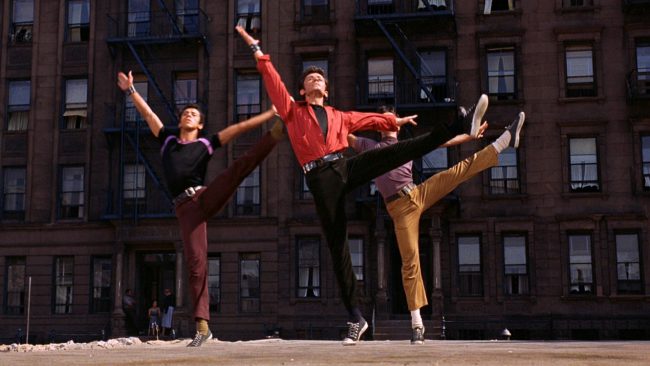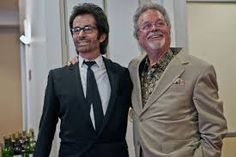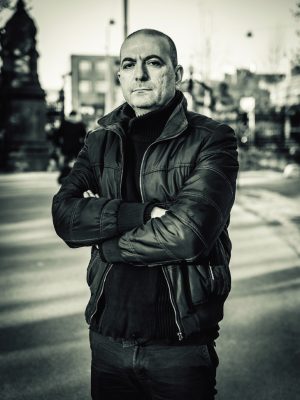SEED: The Untold Story follows passionate seed keepers protecting our 12,000-year-old food legacy. In the last century, 94% of our seed varieties have disappeared. As biotech chemical companies control the majority of our seeds, farmers, scientists, lawyers, and indigenous seed keepers fight a David and Goliath battle to defend the future of our food.
Both directors, Jon Betz and Taggart Siegel, will be doing Q & As after the 4:50, 7:20, and 10:00 pm shows Friday, September 30 and September October 1 at the MONICA FILM CENTER.
Jon Betz will be doing a Q & A after the 11:00 am show in PASADENA ON SUNDAY, OCTOBER 2.
Taggart Siegel will be doing a Q & A after the 11:00 am show in CLAREMONT ON SUNDAY, OCTOBER 2.
https://www.youtube.com/watch?v=b7fjRZQJXmc


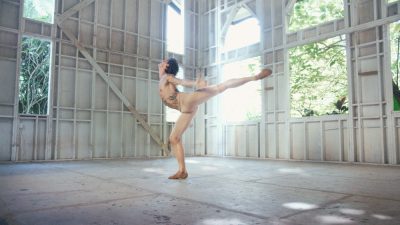
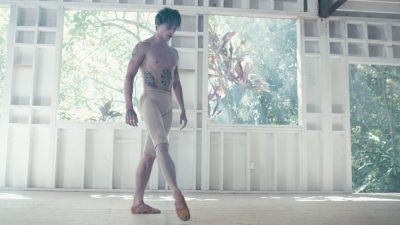
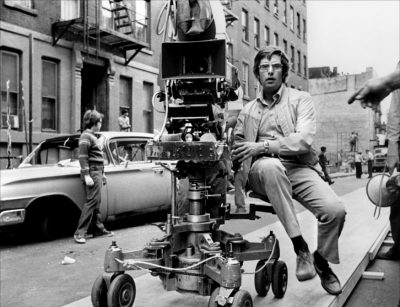
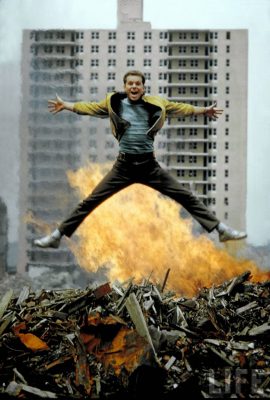 June 29 won’t be just any night, because we’ll be celebrating the 55th anniversary of
June 29 won’t be just any night, because we’ll be celebrating the 55th anniversary of 